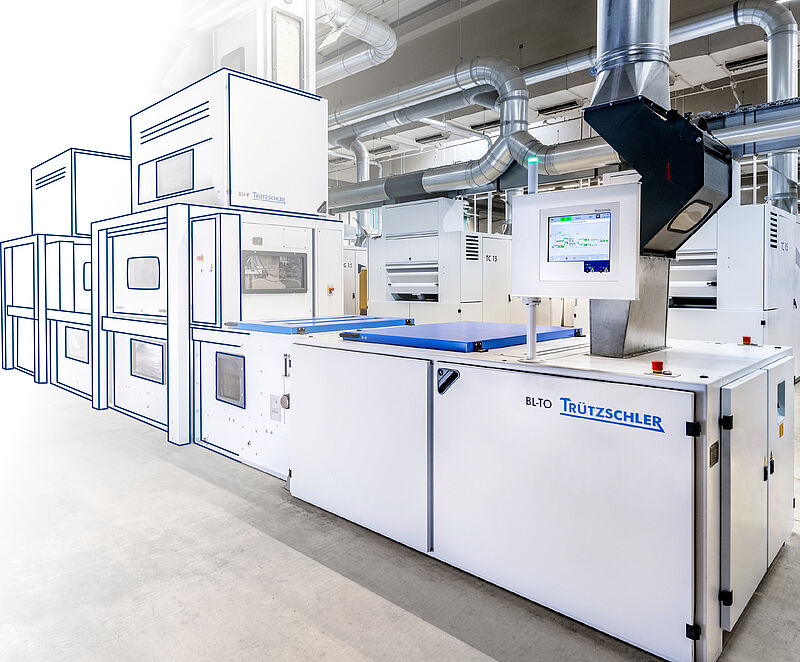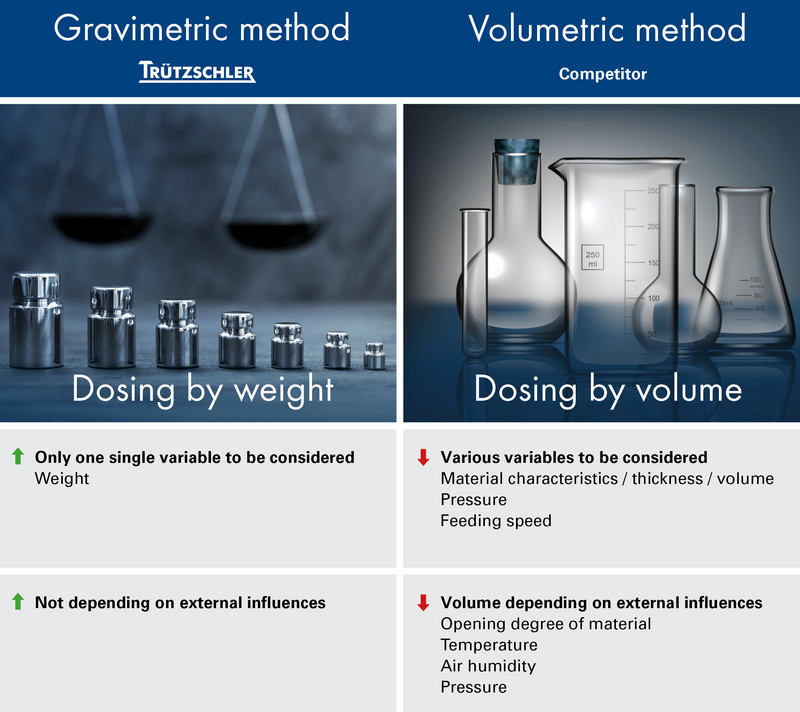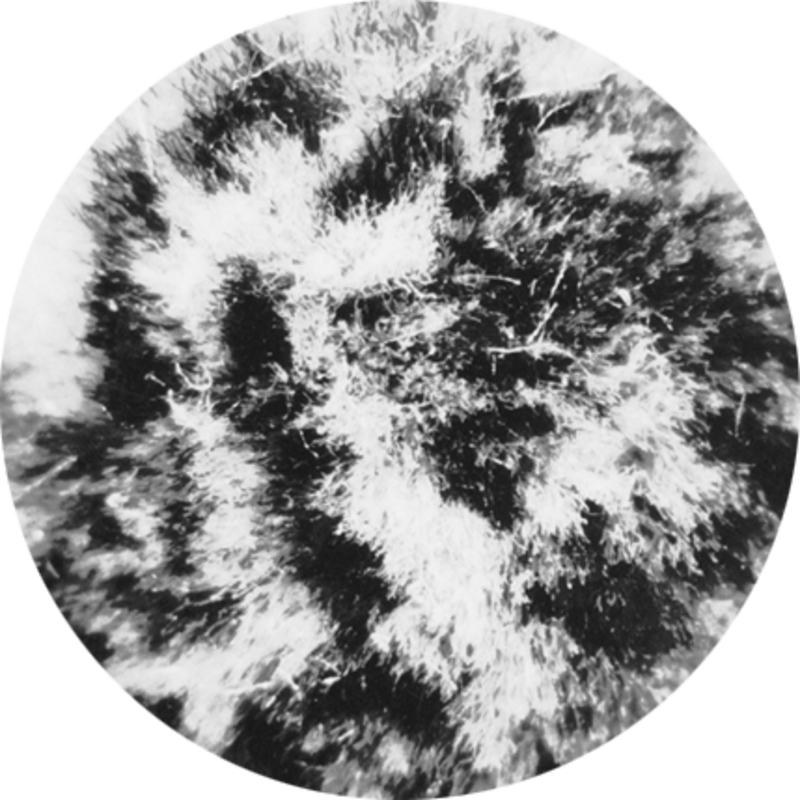
Dosing accuracy to the gram, down to 1 % fiber content

Precise realization of blending ratios with less than 1 % deviation

Highly flexible & customized system suitable for all applications
Why T-BLEND?
- Variable blending ratios with one installation
- Blending of up to 6 components
- Quick & automatic lot changes incl. formula memory
- Easy handling thanks to the intelligent, self-learning BLEND CONTROL system
- Automatic taring during production & simple calibration
- Production up to 2,000 kg/h
Most precise and long-term reliable blending ratios
- We dose by weight (gravimetric „direct“ method)
- All other indirect procedures are prone to a gradual deviation from the setpoint
Why tuft blending?
- Perfect & homogeneous blending of different fibers
- Highest optical and structural quality of end product
- Uniform appearance of dyed end products
- Better processing of the yarn within spinning process




